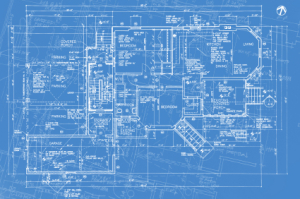by
Barbara Kram, Editor | February 17, 2010

New MRI construction
guidelines may be just
around the corner
Medical imaging safety has been in the news lately with growing concern about exposure to ionizing radiation from CT scans (see DM 11611). MRI safety is also a hot topic after the recent $2.9 million settlement in a tragic 2001 New York case (DM 11640).
New guidelines for MRI suite configuration may help prevent future disasters for that modality. The recently released 2010 edition of the "Guidelines for Design and Construction of Health Care Facilities" (
Guidelines) includes physical safety criteria for new MRI suites.
Some of the standards spelled out in
Guidelines for new MRI facilities include the construction of a four-zone screening and access design with greater scrutiny for ferromagnetic metals as the patient approaches the scanner.



Ad Statistics
Times Displayed: 47769
Times Visited: 1458 MIT labs, experts in Multi-Vendor component level repair of: MRI Coils, RF amplifiers, Gradient Amplifiers Contrast Media Injectors. System repairs, sub-assembly repairs, component level repairs, refurbish/calibrate. info@mitlabsusa.com/+1 (305) 470-8013
Other rules will require an anteroom outside the scanner room that is visible from the control room, which patients, health care personnel, and other employees must pass through before entering the scanning area. Locking systems and the use of ferromagnetic metal detectors are also stipulated in
Guidelines.
"The 2010 edition is the first one that really begins to speak to MRI safety as part of facility planning in design and construction," said
Tobias Gilk, President and MRI Safety Director, Mednovus, Inc., Leucadia, Calif. The company makes ferromagnetic detectors. "
Guidelines essentially codifies a lot of industry best practices over the last eight years or so," he told DOTmed News.
The
Guidelines report is developed about every four years by the U.S. Department of Health and Human Services and the American Society for Healthcare Engineering. Although co-produced by a federal agency, officially,
Guidelines plays no federal enforcement role. However, its rules serve to inform those state agencies that ultimately license imaging facilities.
"The various state departments of health have adopted it as their licensure standard for physical facilities. So if you want to get licensed as a birthing center, hospital, ambulatory surgical center, imaging center and so forth in the states that have the licensure requirements, 42 out of 50 of them say you have to follow
Guidelines in terms of design and construction requirements," Gilk said.
Beyond that, the Joint Commission, which accredits health care facilities also uses
Guidelines as their reference standard, although they have not adopted the latest versions of the publication.
"The force behind these changes that are represented in the 2010 edition is essentially their inevitability," Gilk said of the new MRI rules. "All of the states and regulatory and accreditation bodies ... have to make sure that the codes governing design and construction keep pace with the other changes--technological and marketplace changes.... Now that patient safety is a constituent part of the MRI design criteria within
Guidelines, it will inevitably become a part of the state licensure requirements and Joint Commission accreditation requirements when they adopt the current version."

